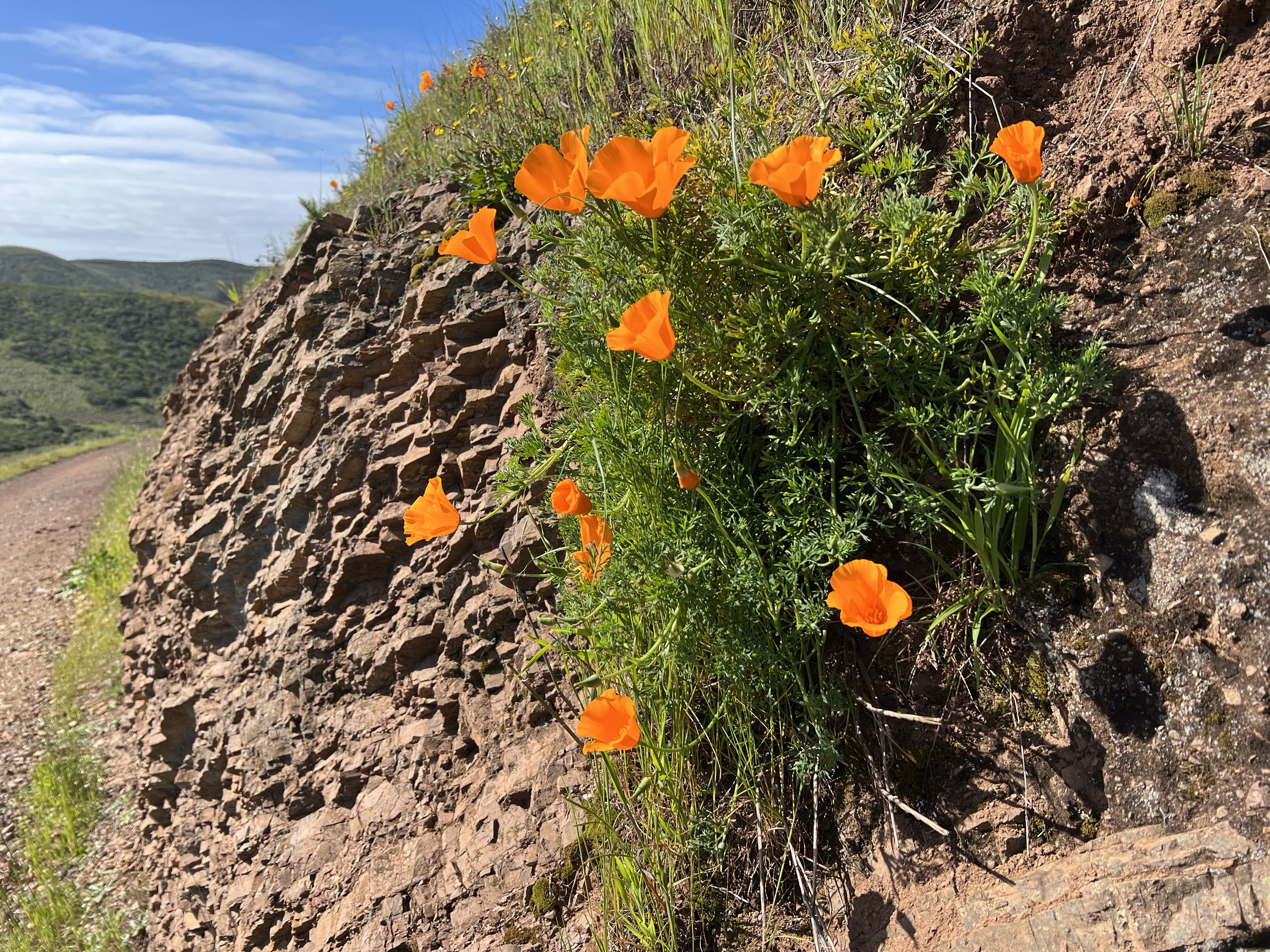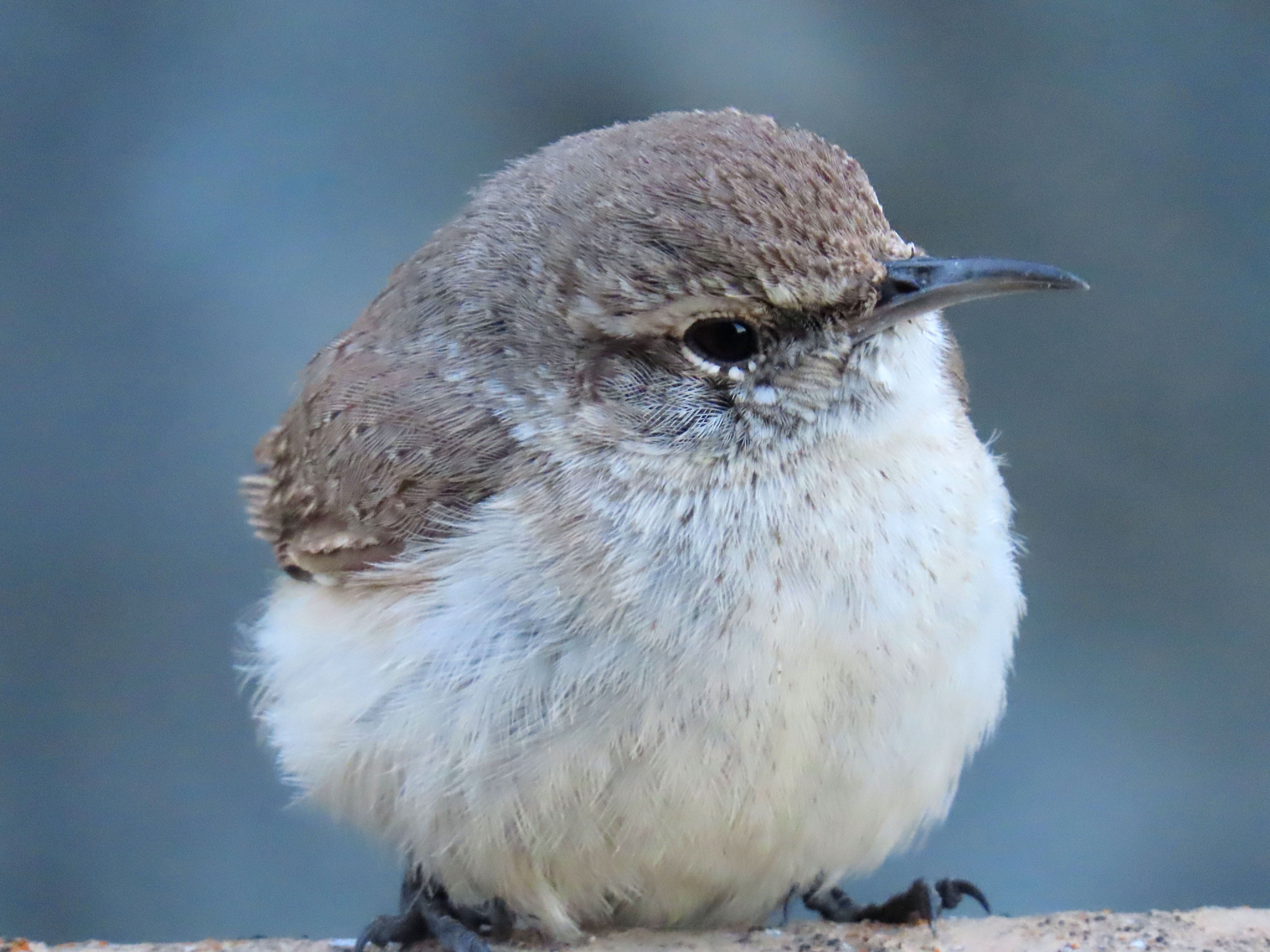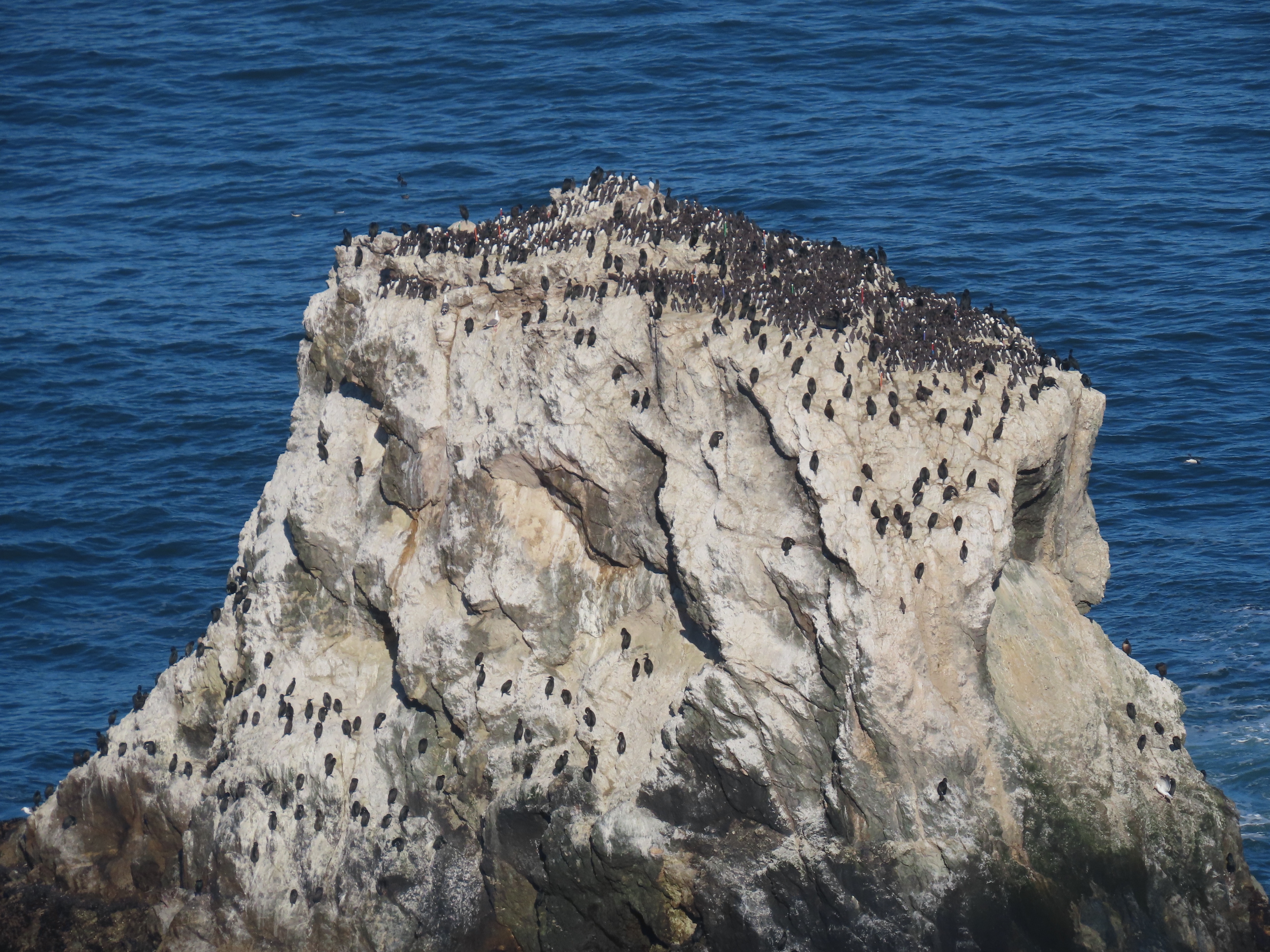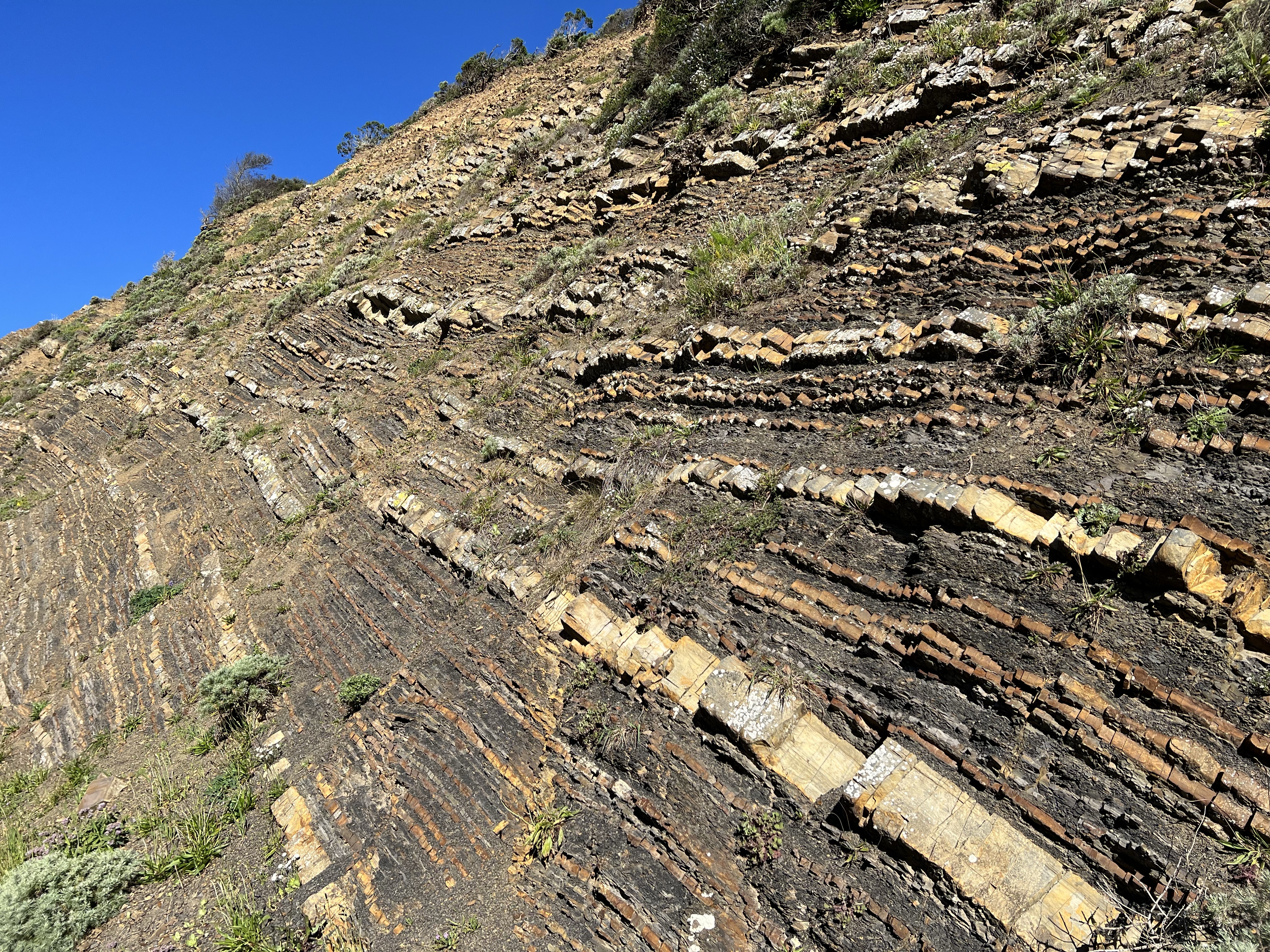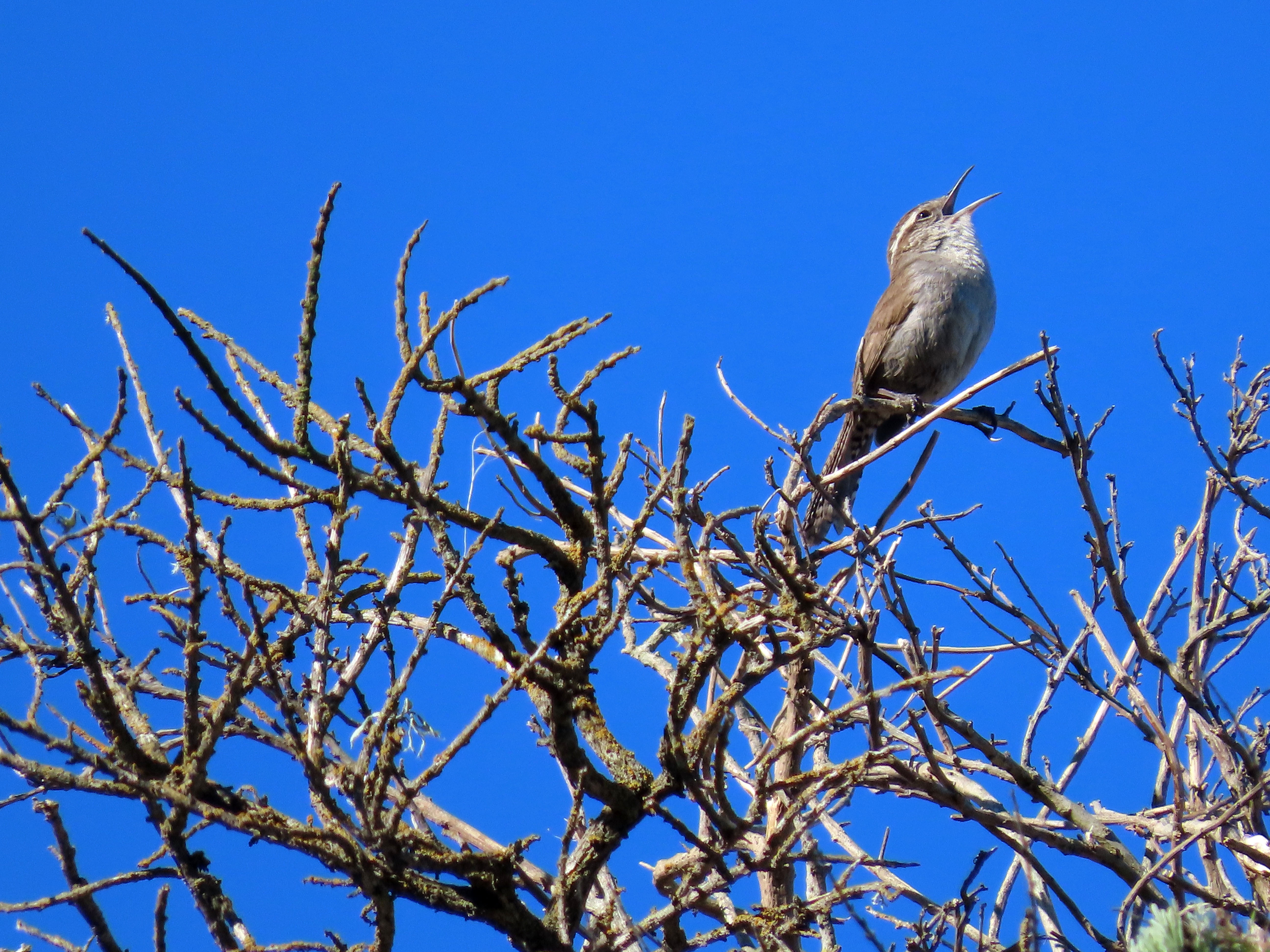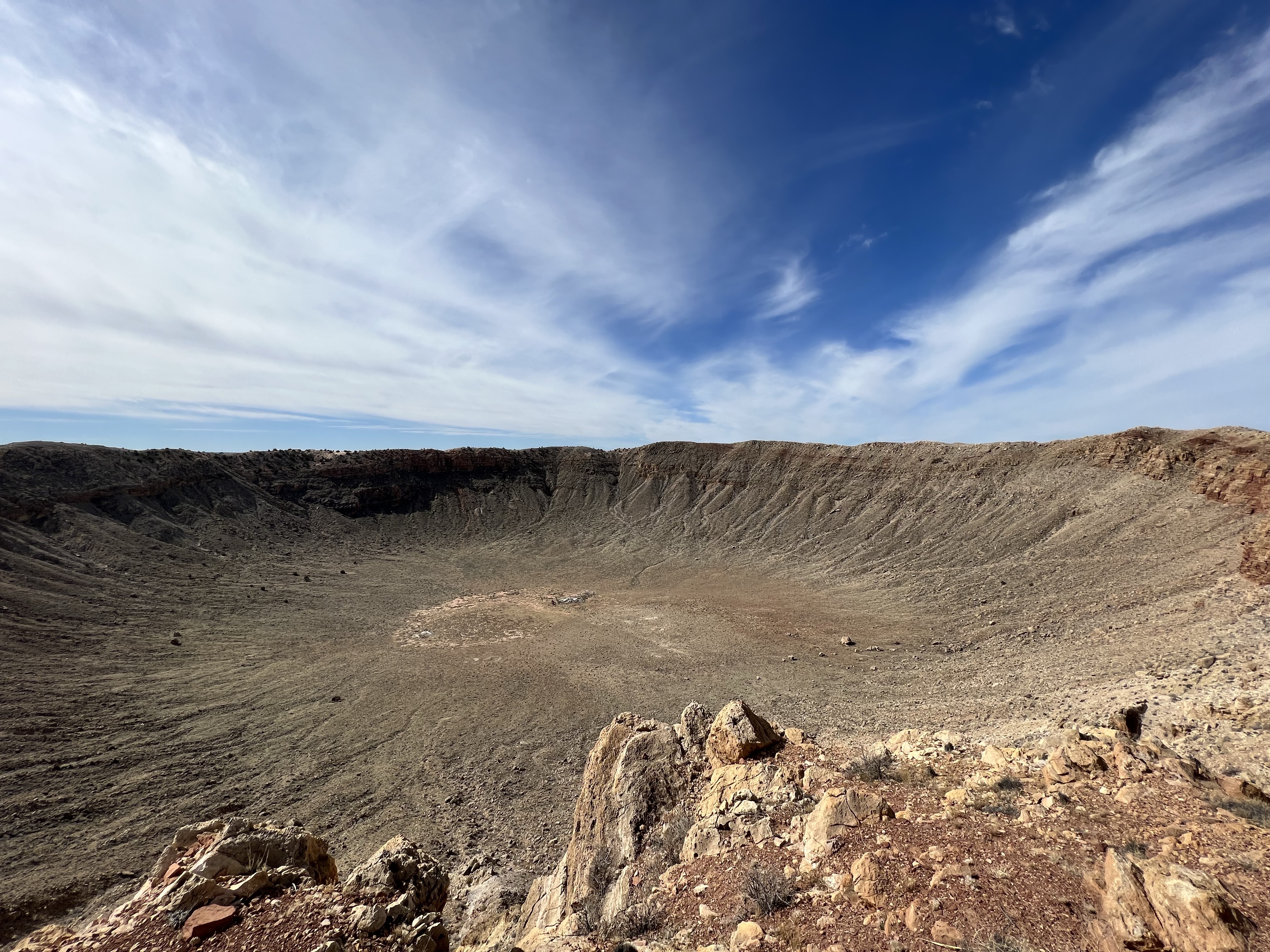I wanted to put my new Solomon X Ultra 4 GTX hiking shoes to the test; well beyond walking around the shoe department of REI, so I took them out on a test hike in the Marin Headlands.
These hiking shoes have been the top rated hikers on multiple websites and I wanted to see what all the fuss was about. A few things about the specs interested me. First they are waterproof and these shoes were incredibly light at 360 grams. This means less fatigue and more foot happiness!
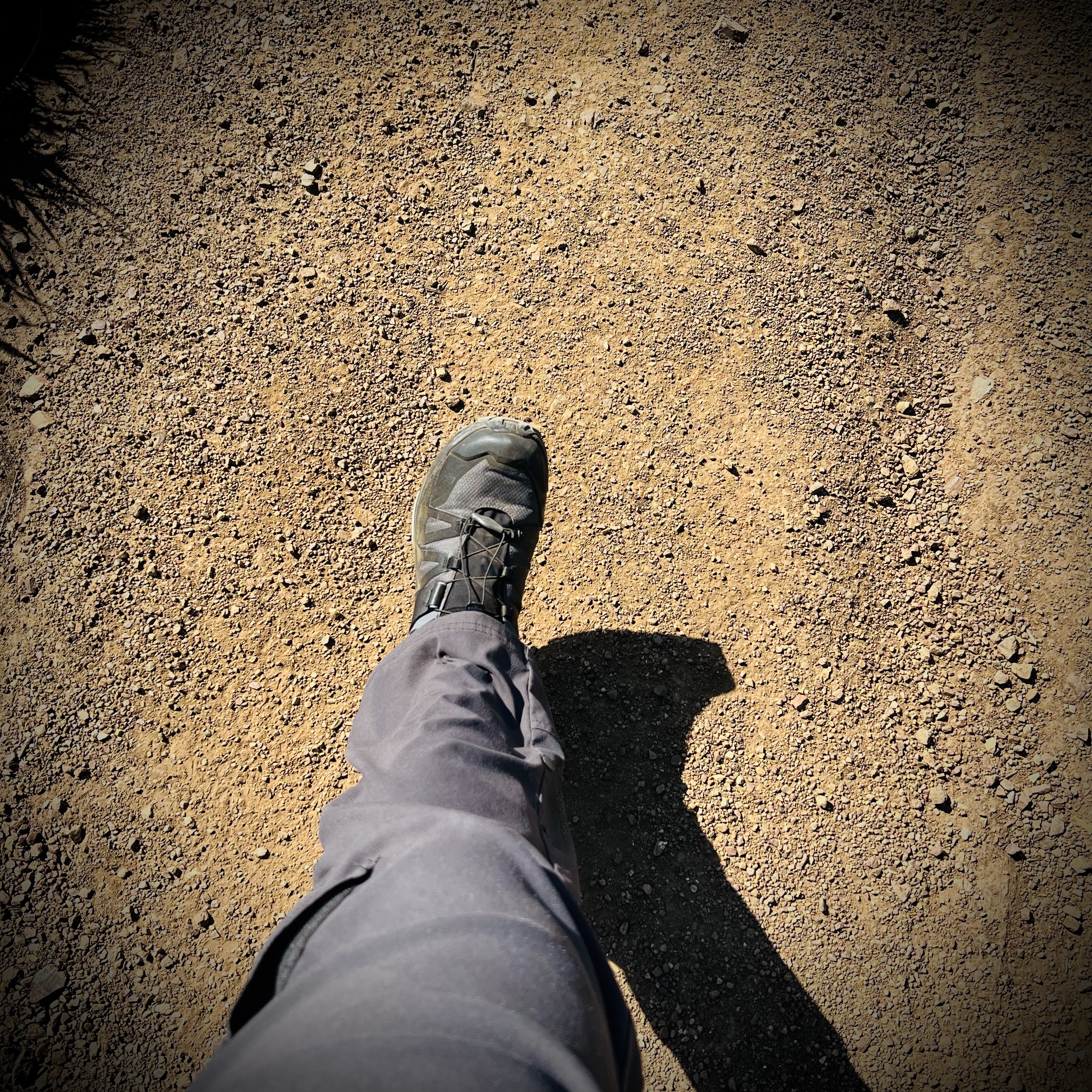
I planned to do a favorite five mile loop, the Coast Trail to Hill 88 and then the Wolf Ridge Trail and completing the loop on the Miwok Trail. This route has a 1,076 elevation gain so the shoes and I would get a workout.
I started the loop at the Rodeo Beach parking lot. From here, it was all up hill to my rest/sketch destination: Hill 88 at 905 feet above sea level.
Good lengths of the Coast Trail are along a paved road with a modest grade. As I climbed higher, the views of Rodeo Lagoon and Beach got better and better. As I kept climbing I could see most of the westside of San Francisco and Pacifica beyond. Climbing more, I turned back to see the south tower of the Golden Gate Bridge with the skyscrapers of downtown behind.
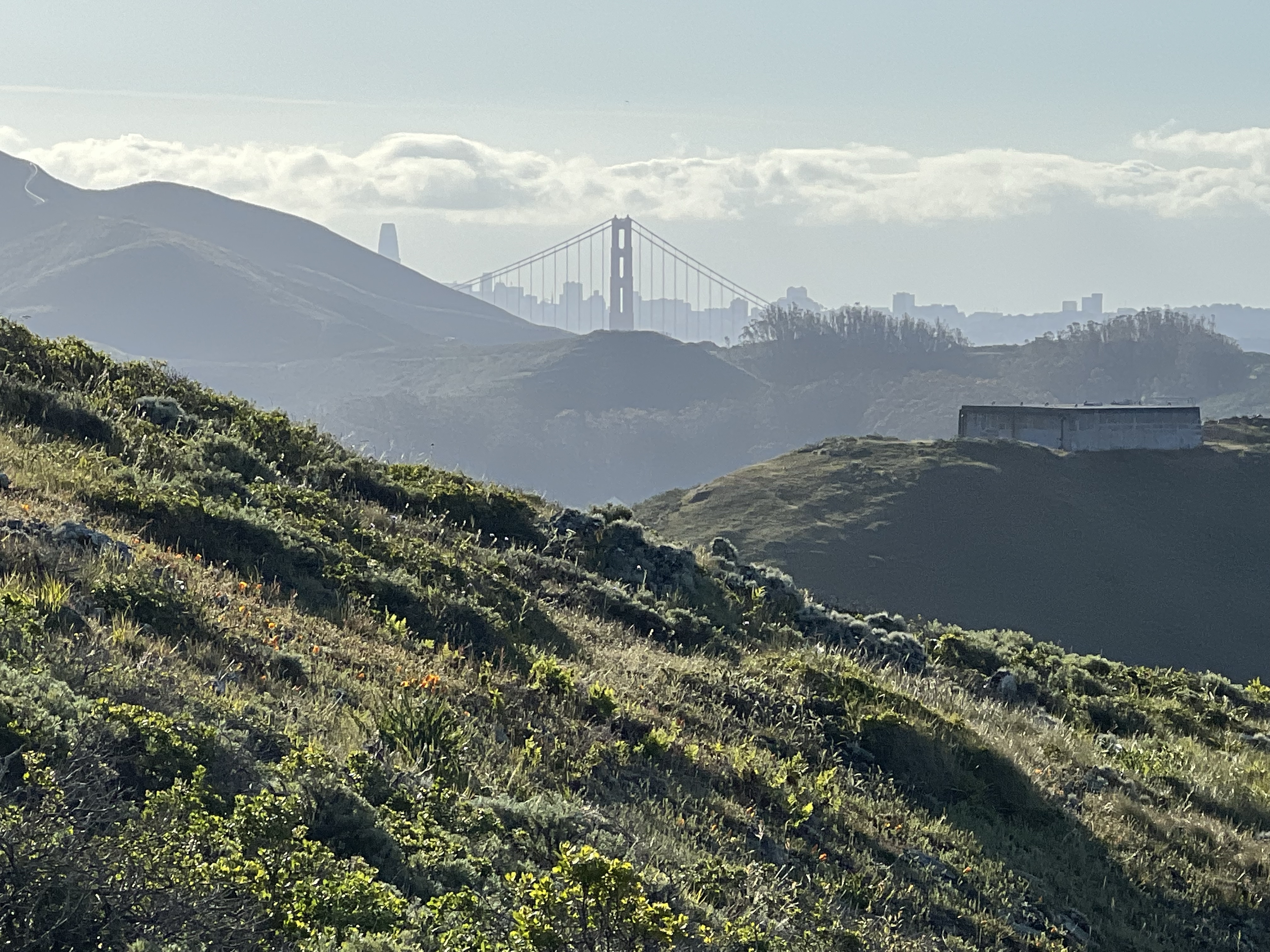
So far the Solomons felt great and I couldn’t beat the setting with the sun shinning, a gentle breeze, wildflowers in bloom and wrentits, spotted towhees, and Bewick’s wrens in full song.
Part of the Coast Trail becomes a steep single track staircase and my new dogs provided the support and grip to handle the task of summiting Hill 88 with ease. It took me 55 minutes from the parking lot to the top of Hill 88, a distance of 1.9 miles.
The view from Hill 88 is amazing and I had to do a quick panoramic pen-brush sketch looking down on Rodeo Lagoon, the beach and Bird Rock (featured sketch).
I was up on Hill 88 for about ten minutes. Marin Headlands was once a military base and Hill 88 was covered in radar towers and the site still has military era buildings, now in semi ruin and covered in graffiti.
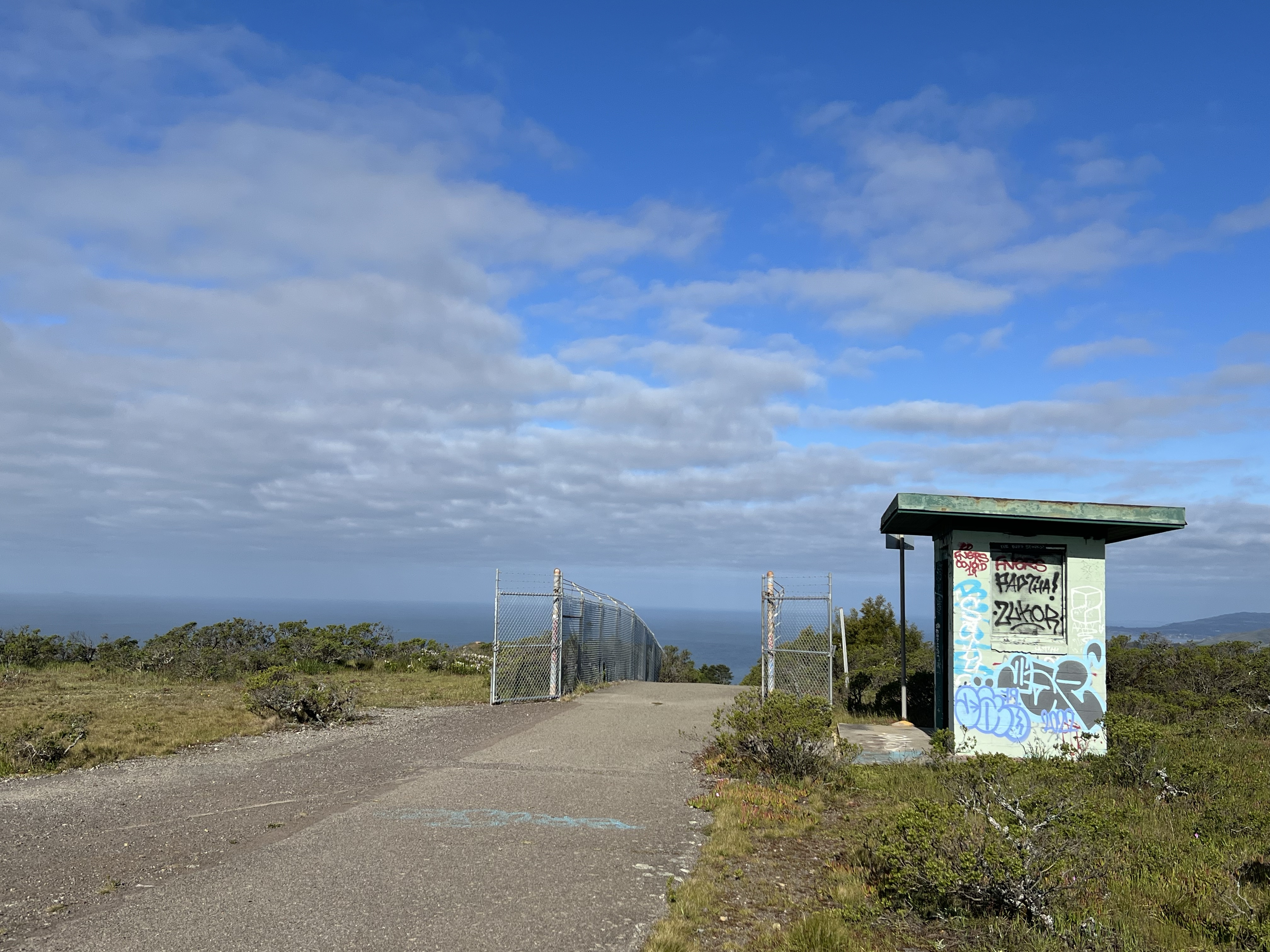
I headed down the entrance road to Hill 88 and turned off to the right to make my way east on the Wolf Ridge Trail towards the junction of Miwok Trail.
This is the real test of the Salomons, how did my feet feel on a long downhill, would my toes be smashed into the toe box? The answer was no, the shoes where comfortable all the way down the Miwok Trail.
